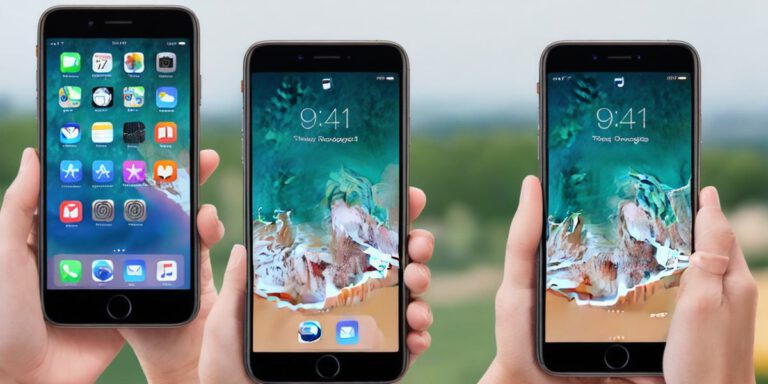Designing Immersive AR Experiences with ARKit: Best Practices and Case Studies

Augmented Reality (AR) has the power to transform the way we interact with digital content, merging the virtual and real worlds seamlessly. Apple’s ARKit has opened up exciting possibilities for creating immersive AR experiences on iOS devices. In this article, we will explore the best practices for designing immersive AR experiences with ARKit and showcase some inspiring case studies that highlight the potential of this technology.
- Understand the User and Context: Before diving into designing AR experiences, it’s crucial to understand the target audience and the specific context in which the AR experience will be used. Consider factors such as user demographics, goals, and preferences. By gaining insights into your users, you can tailor the AR experience to meet their needs and create a more engaging and relevant experience.
- Focus on Realism and Anchoring: One of the key aspects of designing immersive AR experiences is ensuring that virtual objects feel realistic and are properly anchored in the real world. ARKit provides robust tracking capabilities, allowing virtual objects to interact seamlessly with the physical environment. Pay attention to lighting, shadows, and reflections to make virtual objects appear more natural and believable. This enhances the immersion and creates a sense of realism for users.
- Optimize Performance: To create a smooth and enjoyable AR experience, optimize the performance of your AR app. ARKit utilizes the device’s hardware resources, such as the camera and motion sensors, to track and render virtual objects. Optimize the rendering process, manage memory efficiently, and minimize lag or latency. This ensures that users have a seamless and responsive AR experience, enhancing their immersion and overall satisfaction.
- Intuitive Interactions: Design interactions that are intuitive and easy to understand for users. ARKit offers various input methods, such as touch, gestures, and device motion. Consider the user’s familiarity with these interactions and design them in a way that feels natural and effortless. Provide clear instructions or cues to guide users on how to interact with virtual objects or navigate within the AR experience. Intuitive interactions contribute to a more immersive and user-friendly AR experience.
- Integration with Real-World Elements: To create a truly immersive AR experience, consider how virtual objects can interact with real-world elements. For example, allow users to place virtual objects on surfaces, recognize and respond to specific objects or images, or enable virtual characters to interact with physical objects. By seamlessly blending the virtual and real worlds, you can create captivating and memorable AR experiences that captivate users’ attention and enhance their engagement.
Case Studies: Let’s explore a couple of inspiring case studies that demonstrate the power of ARKit in designing immersive AR experiences:
a. IKEA Place: The IKEA Place app utilizes ARKit to allow users to virtually place furniture and home decor items in their own space. Users can accurately visualize how the products would look and fit in their homes, creating a more immersive and personalized shopping experience.
b. The Walking Dead: Our World: This location-based AR game leverages ARKit to bring the popular TV show “The Walking Dead” into the real world. Players can fight virtual zombies, rescue survivors, and complete missions using their device’s camera and ARKit’s tracking capabilities. This immersive AR experience blurs the lines between the virtual and real worlds, providing thrilling and engaging gameplay.
Conclusion: Designing immersive AR experiences with ARKit involves understanding the user, focusing on realism and anchoring, optimizing performance, creating intuitive interactions, and integrating with real-world elements. By following these best practices, you can create compelling AR experiences that captivate users and provide them with unique and memorable interactions.








